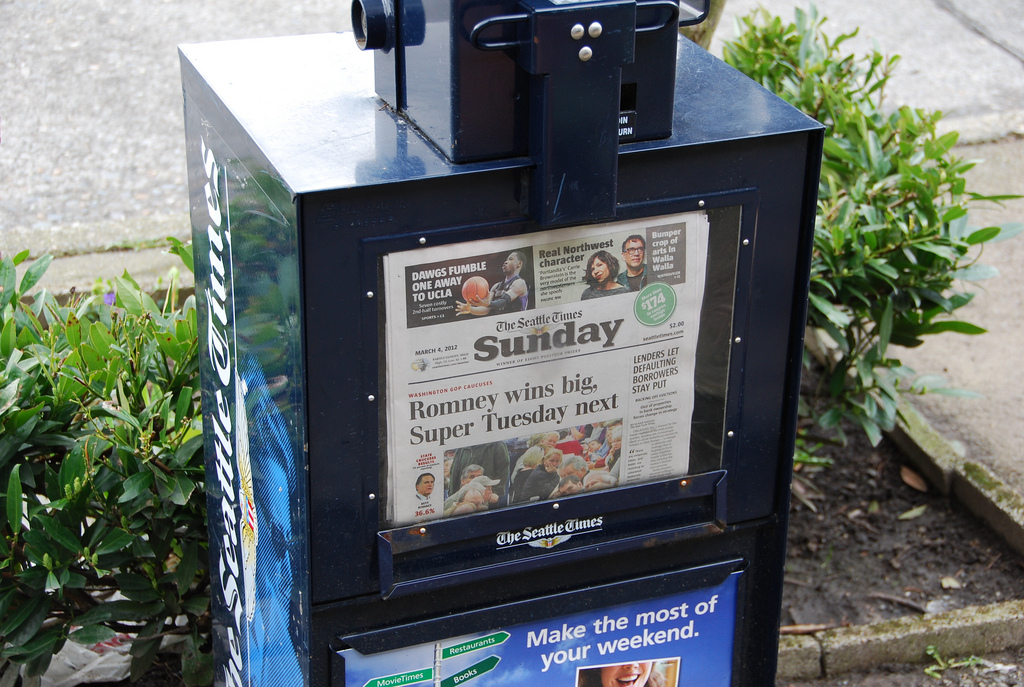 Participatory journalism: An engine for journalistic diversity or a marketing instrument for media companies?
Participatory journalism: An engine for journalistic diversity or a marketing instrument for media companies?
Newsrooms around the world are turning to social media in attempts to bolster user participation. Several models have been tested with varying degrees of success and popularity, for example the German tabloid newspaper Bild introduced a “reader reporter” to boost audience involvement, and Britain’s The Guardian launched a campaign urging readers to scan their massive online database to help with an investigation of tax evaders among UK parliamentarians.
The question is whether this new form of “participatory journalism” contributes to journalistic diversity, and whether corporate media attaches importance to it or not. A recent research project conducted by journalism professor Annika Sehl from the Technical University of Dortmund analyzes the Web 2.0 strategies of regional newspapers, indicating that experiments with new formats are often hindered by a lack of resources.
In her study, “Participatory Journalism in Daily Newspapers: An empirical analysis of journalistic diversity in local newspapers” (Partizipativer Journalismus in Tageszeitungen: Eine empirische Analyse zur publizistischen Vielfalt im Lokalen) Sehl interviews a range of editors and decision makers from the newsrooms of Germany’s daily papers – in addition to conducting a content analysis of several print newspapers, including Braunschweiger Zeitung, Rheinische Post and Westdeutsche Allgemeine Zeitung.
Both sections of Sehl’s study produce interesting results, with her content analysis revealing a diverse supply of reader feedback in local news sections, helping to increase the variety of opinion and range of topics covered. However, contributions from readers responding to reporting dominated her findings. Formats in which readers could address new topics or even contribute to the research process were rather rare, proving that even in the era of journalism 2.0, many journalists remain hesitant to forfeit the role of gatekeeper.
Sehl’s editor interviews were also enlightening, with most interviewees (94 percent) indicating a desire to strengthen reader loyalty. In addition, 79 percent hoped they could reach new target audiences for their online editions, and 69 percent wanted to reach new target audiences for the newspaper itself.
In addition, 82 percent of the editors polled anticipated receiving feedback on their reporting by way of participatory elements, while just 64 percent hoped to increase the diversity of opinion, and only 54 percent named the absorption of local reporting as a motive.
Sehl’s findings indicated that economic motivators play a much greater role for an editor-in-chief than the desire often expressed by advocates of participatory journalism who call for broader audience involvement in the journalistic process.
Contact: Annika Sehl, annika.sehl@tu-dortmund.de
Tags: Annika Sehl, Audience Participation, Bild, Journalistic Diversity, Participatory Journalism, Social media, Technical University of Dortmund, the Guardian, Web 2.0, Web Strategies













































